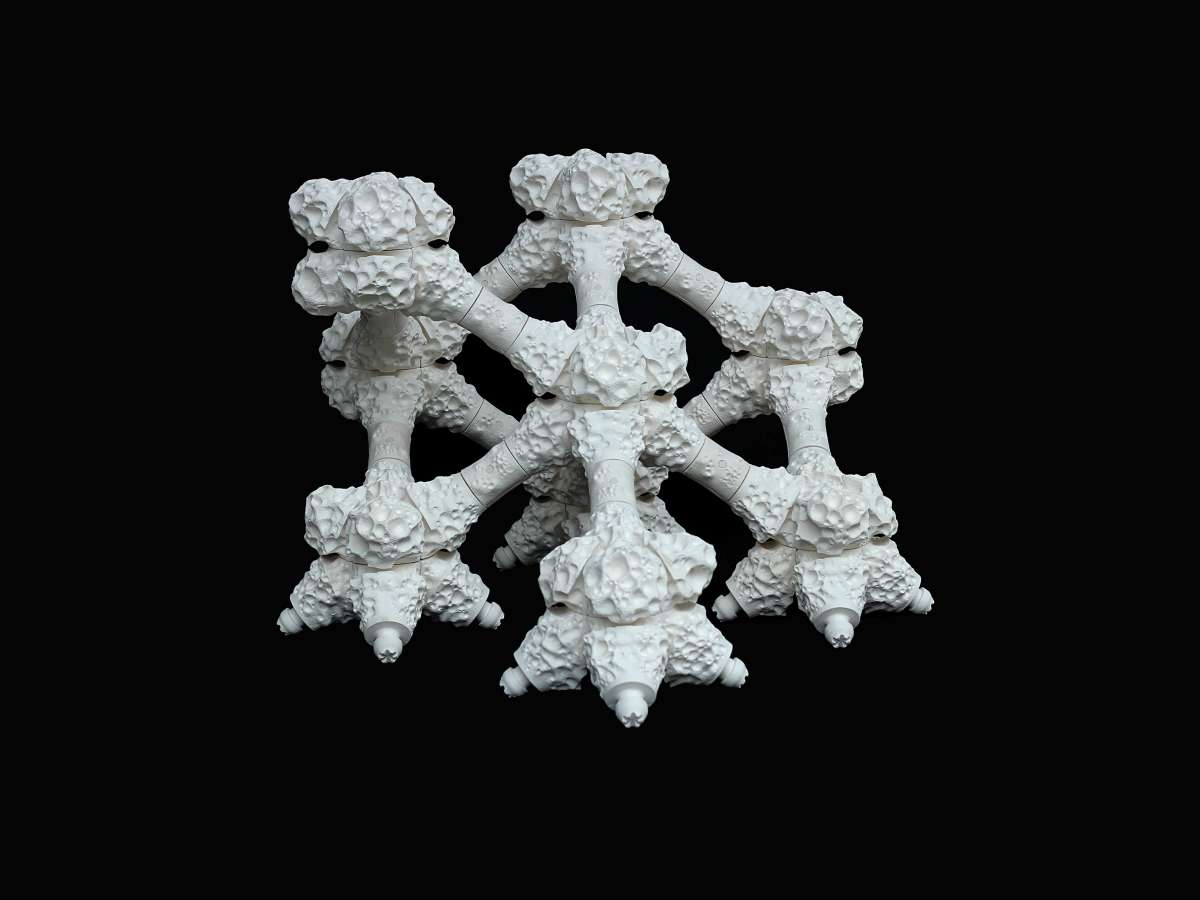A modular artificial reef structure won the environmental category in the Popular Science Invention Awards. The unique design of the Modular Artificial Reef Structure (MARS) solves the problem of large, heavy and expensive artificial reefs currently employed in most instances.
Alex Goad saw the potential for MARS after a dive off the coast of Miami. The artificial reefs thrive, but they often don’t take into consideration the varying terrain of the seafloor. For his final project as an industrial-design student at Monash University in Melbourne, Australia, he developed the LEGO-like connectors that allow the modules to be stacked together. 2015 Invention Award Winner
“A lot of existing products require a flat seafloor. But around the world, the ocean is not flat, especially where reef systems occur,” Goad says. “With MARS, you can build over natural features, as high and as wide as you want.”
Goad would team up with his advisor to launch Reef Design Lab and make MARS into a deployable product. After about a dozen prototypes, the team found the ideal mix of materials, the right surface texture, size, and weight for the MARS units. All were tested in aquariums and in Australia’s Port Phillip Bay.
According to PopSci, it works because the ceramic outer shell has a chemical makeup similar to that of coral, which encourages polyps to take root. Its textured surface gives smaller organisms places to hide from predators. The concrete, reinforced by composite rebar, gives the reef a durable core and can last at least 60 years underwater. The open shape allows strong currents to move through the reef without knocking it over. The structure also traps eddies, which carry the nutrients that feed marine organisms.
[Thanks for the tip Andy]



